#lime kiln
Text

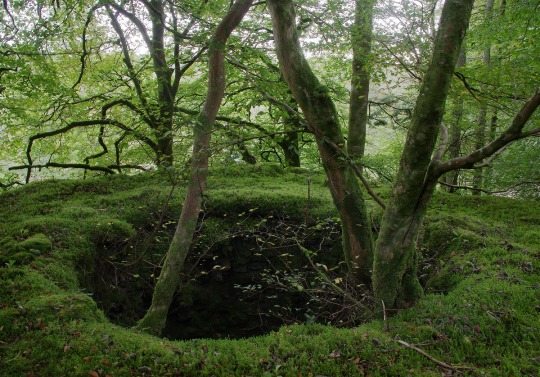

The Otter Ferry lime kiln from above and below.
1K notes
·
View notes
Photo

Bernd and Hilla Becher. Lime Kiln, Brielle, Netherlands. 1968
#BW#Black and White#Preto e Branco#Noir et Blanc#黒と白#Schwarzweiß#retro#vintage#Bernd Becher#Hilda Becher#Lime Kiln#Brielle#Netherlands#1968#60s#industrial architecture#Architecture#Arquitetura#Architektur#建築#アーキテクチャ#buildings#bâtiments#Gebäude#edifícios#建物#1960s
314 notes
·
View notes
Text

Limestone might not be the first thing one associates with a kiln. Perhaps clay pots, plates, and mugs come to mind more readily. Yet, lime kilns were important for converting limestone to powdered lime for making mortar and plaster in the 1800s. This kiln, with the interior (top left), entrance (bottom left), and a diagram of its dimensions (right) shown here, was dug into an Iowa hillside. It is a periodic kiln, which would have cycled with a firing time of 72 hours followed by 12 hours of cooling (Mansberger and Straton n.d.). The upper third of the kiln was constructed of cut limestone blocks, and the lower two-thirds were cut out of bedrock (boundary marked by red arrow). The limestone blocks were either dry-laid, or if mortar was used to cement them together, it has decayed. Historical sources point to the kiln’s operation prior to 1870 (Andreas 1873; United States Department of the Interior, Census 1870; United States Department of the Interior, Census 1880).
Andreas, A.T.
1873 Illustrated Historical Atlas of Des Moines County, Iowa. Andreas Publishing Co. Lakeside Building, Chicago, Illinois.
Mansberger, Floyd, and Christopher Straton
n.d. The Griggsville Landing Lime Kiln at Ray Norbut State Fish and Wildlife Area, Pike County, Illinois. Brochure based on a report prepared for the Illinois Department of Natural Resources.
United States Department of the Interior, Census Office
1870 Ninth Census of the United States. Washington, D.C., Government Printing Office.
1880 Tenth Census of the United States. Washington, D.C., Government Printing Office.
3 notes
·
View notes
Photo
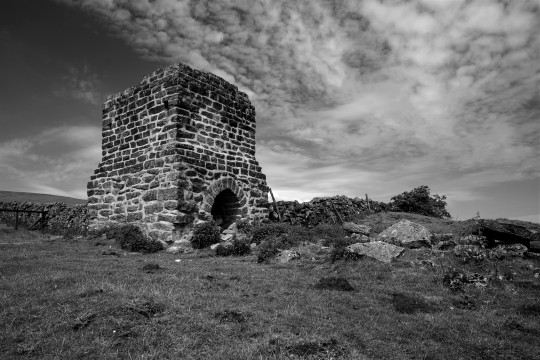



Toft Gate Lime Kiln
#toft gate lime kiln#lime kiln#pately bridge#harrogate#yorkshire#industrial heritage#industry#history#black and white photography#monochrome#black and white#bnw#bnw photography#photographers on tumblr#photographers on facebook#photographers on flickr#photographers on instagram#original content#all my own work
35 notes
·
View notes
Photo

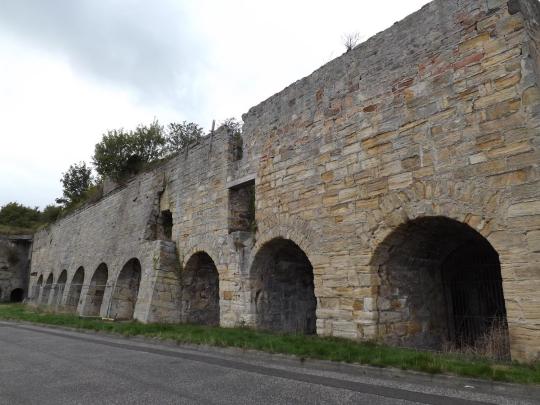
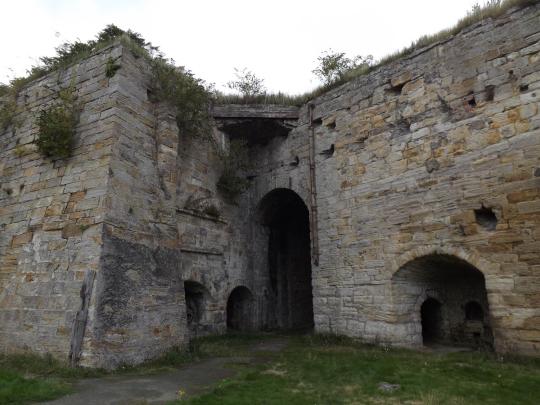





Time for lime. These old lime kilns sit near the bank of the Forth, confusingly not in the village of Limekilns but in the neighbouring settlement of Charlestown. They’re long since defunct now, but they still stand as a pretty substantial industrial monument. The Forth has no shortage of industrial ghosts along both banks.
4 notes
·
View notes
Text

Kinc Mineral Technologies offer an extensive range of Lime Kiln, that are manufactured with high-quality materials and advanced technology. A lime kiln is used for the calcination of limestone calcium carbonate. We are one of the leading Lime Kiln manufacturers and suppliers in India.
0 notes
Text
Cold stones cut..
At the very top of Greenhow Hill sits the highest art installation. Designed by Andrew Sabin in 2010, it offers a commanding view of the quarry and the surrounding countryside.
Despite Andrew Sabin saying otherwise, it kinda looks like female reproductive organs
As much as I hate the quarry, watching the diggers and dump trucks running around, moving rock to the crushers and the regular flow of…

View On WordPress
0 notes
Text
here's a masterpost of my pieces that are for sale on Etsy currently.
I'll do my best to keep it updated. It's not rebloggable because I intend to edit it as needed.







#for sale#pottery#ceramics#ceramic art#sgraffito#Mishima pottery#limes#songbirds#bird art#artistic nude#koi pond#leopard seal#penguin#kiln god#pigeon#deer#magpie#horse#fox#springer spaniel#dog art#dog#hummingbird#lilies#loon#fish#fish art#claypigeon#glazeware
45 notes
·
View notes
Photo






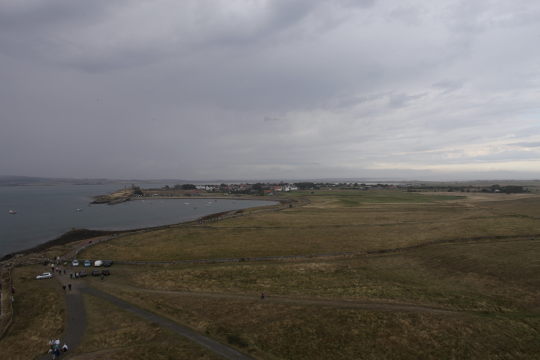

6.9.22
Lindisfarne (The holy Isalnd), Northumberland
The birthplaces of Christianity in England. With connections to both Saxon king of Northumbria Oswald and the vikings.
#lindisfarne#The holy Island#lindisfarne castle#priory#irish monks#St Aiden#landscape photography#photography#Journal#Bucket List#bucketlist#lime kilns#northumberland#history#christianity#prilgramage
83 notes
·
View notes
Text
Not until the nineteenth century would anyone have any concerns that women and children were risking their safety and health in terrible conditions:
Women commonly worked underground in coal mines, primarily as part of family teams. While men worked the coal face, women carried or dragged the coal in sledges or tubs through the tunnels to the lifts, or on occasion even up to three surface . . . At lime kilns, women were employed carrying baskets of coal and chalk, while men broke the chalk loose, screened it, lifted the baskets onto the women's heads, and threw the chalk into the kiln. Both sexes helped hack the coal and chalk into small pieces and fill the baskets . . . Women were employed in the loading of slate onto boats in Devon (after it was quarried by men), where the work was described as 'immoderately hard' (by Richard Ayton, an observer in 1814), yet women 'accomplish as much in a given time as the men do.'
"Normal Women: 900 Years of Making History" - Philippa Gregory
#book quotes#normal women#philippa gregory#nonfiction#19th century#concerns#safety risks#workplace safety#working conditions#underground mining#coal mining#lime#kilns#chalk#devon#quarry#richard ayton#10s#1810s
2 notes
·
View notes
Text
NATIONAL LIGHTHOUSE DAY
Lighthouses are wonderful photographic subjects. Beacons of light, friends to all at sea, symbols of hope lighthouses are grand for many reasons. Here are a few images I’ve captured of lighthouses.

View On WordPress
#admiralty lighthouse#cape disappointment lighthouse#Cattle Point Lighthouse#Friday Harbor Lighthouse#lighthouse#Lime Kiln Lighthouse#point wilson lighthouse#San Juan Island Lighthouses
47 notes
·
View notes
Text
Lime Kiln Lighthouse
San Juan Island, Washington, United States

Source: Flickr
Constructed: 1919
Automated: 1962
Have a favorite lighthouse? Curious about lighthouses in general? Send an ask!
2 notes
·
View notes
Text
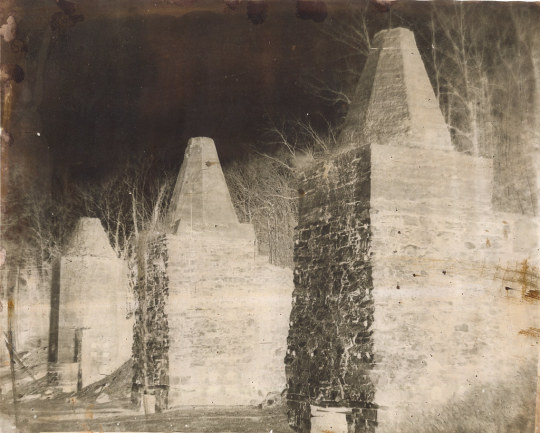
#IFTTT#Flickr#bw#papernegative#calotype#8x10#wehmanfieldcamera#altprocess#eaglerock#virginia#kiln#lime#industrial#abandoned#ruin
3 notes
·
View notes
Text





Charlestown, Fife. Charlestown is a village in Fife, Scotland.
#fife#fifescotland#scottish village#scotland fife#picture scotland#firth of forth#fishing village#lime kilns scotland#scottish seaside
1 note
·
View note
Text
Lime Kiln Dust Market Analysis: Regional and Global Perspectives

Lime kiln dust, often abbreviated as LKD, is a versatile and environmentally friendly byproduct of the lime production process. As industries across the world are increasingly focused on sustainable practices and resource optimization, lime kiln dust has gained prominence for its various applications in agriculture, construction, and environmental remediation. The lime kiln dust market has witnessed substantial growth in recent years, and this trend is expected to continue as more industries recognize the benefits of this unique material.
Understanding Lime Kiln Dust
Lime kiln dust market is a fine, dry powder that is obtained from the combustion of limestone in lime kilns. When limestone undergoes thermal decomposition, it is transformed into quicklime, which is further processed for various industrial purposes. During this process, dust particles are generated and collected in air pollution control systems. Lime kiln dust is essentially the residue of this collection process.
One of the key characteristics of lime kiln dust is its high calcium content. This calcium content makes it an excellent candidate for various applications, particularly in agriculture and construction. Additionally, LKD is environmentally friendly, as it is derived from a natural source and often contains minimal impurities.
Applications of Lime Kiln Dust
1. Agriculture
In the agricultural sector, lime kiln dust plays a crucial role in improving soil quality and enhancing crop productivity. Its high calcium content makes it an ideal soil conditioner for soils that are acidic or deficient in calcium. The benefits of using LKD in agriculture include:
pH Adjustment: Lime kiln dust can be used to neutralize acidic soils, which helps create a more balanced pH level conducive to plant growth.
Calcium Enrichment: The high calcium content of LKD can improve calcium-deficient soils, promoting healthier plant growth and root development.
Soil Structure Enhancement: Lime kiln dust can help improve soil structure by reducing compaction and increasing aeration, which allows for better water retention and root penetration.
2. Construction
In the construction industry, lime kiln dust is used as an innovative material that offers several advantages:
Stabilization: LKD can be mixed with soil to stabilize it, making it suitable for road construction, foundations, and other applications where stable ground is essential.
Improved Workability: It enhances the workability of cement and concrete mixtures, allowing for better construction practices and improved durability.
Sustainability: The use of LKD in construction projects aligns with sustainability goals, as it is a recycled byproduct with a lower environmental impact compared to some traditional construction materials.
3. Environmental Remediation
Lime kiln dust is also employed in environmental remediation projects to address issues such as soil contamination and waste disposal. Its ability to neutralize acids and immobilize contaminants makes it a valuable tool in cleaning up polluted sites.
Acidic Soil Remediation: LKD can be used to treat soils contaminated with heavy metals or acidic substances, effectively reducing their harmful effects on the environment.
Waste Management: Lime kiln dust can be used in landfills to stabilize and treat waste materials, reducing the risk of environmental contamination and mitigating the impact of leachate.
Market Trends and Growth Prospects
The lime kiln dust market has witnessed significant growth in recent years, and this growth is expected to continue in the coming years. Several factors are contributing to the increasing demand for LKD:
1. Environmental Awareness
With a growing emphasis on environmental sustainability, industries are looking for ways to reduce their environmental footprint. Lime kiln dust's eco-friendly properties, as a recycled byproduct, make it an attractive choice for companies aiming to minimize their environmental impact.
2. Agricultural Advancements
As agriculture evolves and faces challenges related to soil quality and productivity, lime kiln dust offers a cost-effective solution to enhance soil health and crop yields.
3. Infrastructure Development
The construction industry continues to expand, and lime kiln dust provides a sustainable alternative for soil stabilization and concrete improvement in infrastructure projects.
4. Remediation Projects
Environmental cleanup projects, including soil remediation and landfill management, are driving the demand for lime kiln dust as an effective tool for mitigating pollution.
Regional Market Variations
The demand for lime kiln dust varies across regions, depending on local industries and their environmental regulations. North America and Europe have seen substantial growth in the use of LKD, driven by stringent environmental standards and sustainable farming practices. In regions like Asia and Latin America, where agriculture and construction are booming, the market for lime kiln dust is also on the rise.
Conclusion
The lime kiln dust market is poised for continued growth due to its versatile applications and eco-friendly nature. As industries seek more sustainable and cost-effective solutions, lime kiln dust has emerged as a valuable resource. Its role in agriculture, construction, and environmental remediation underscores its significance in today's industrial landscape. The future of the lime kiln dust market is bright, as it continues to contribute to greener, more productive, and cleaner industries.
#Lime Kiln Dust Market Share#Lime Kiln Dust Market Growth#Lime Kiln Dust Market Demand#Lime Kiln Dust Market Trend#Lime Kiln Dust Market Analysis
0 notes
